Up to 50% Clearance Clothing & Footwear + Extra 25% Off REI Outlet.
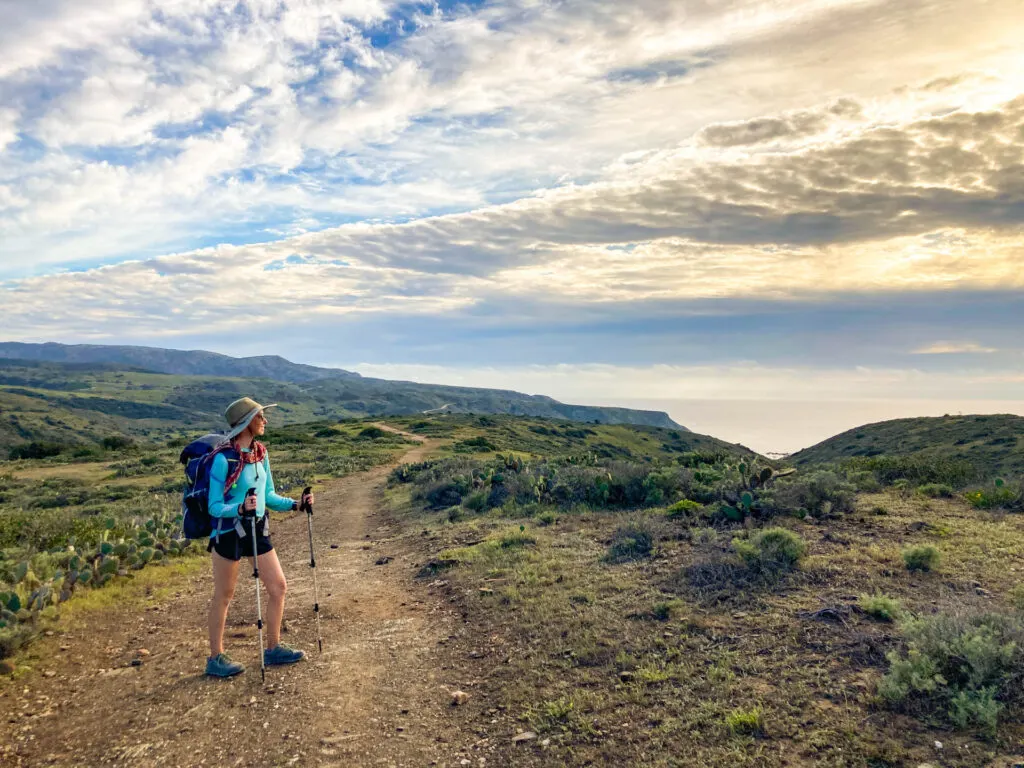
We get the question frequently: “What is sustainable travel?” Usually it is uttered after we introduce ourselves as sustainable travel bloggers. At first, the question was surprising. What do you mean “what is sustainable travel?!” You know what “sustainable” means, right? Apply that to travel! But when people kept asking, we thought maybe the concept wasn’t as straightforward as we thought. Or it’s still such a new one to most people that it did, in fact, warrant an explanation.
So allow us to explain! We’ll dive into what sustainable travel is, what it isn’t, and how we can all travel more sustainably.
What is Sustainable Travel?
In the simplest terms, sustainable travel is any type of travel–beach vacation, tour of Europe, road trip, backpacking excursion–that does as little harm to the environment as possible.
But not just the environment; it also doesn’t harm the local community or economy, cause damage to the destination, or harm local wildlife or other animals. If you’re a backpacker or camper, think of sustainable travel like you think of Leave No Trace: a necessary set of principles to abide by to leave every place better than you found it (or at the very least, the exact same as when you found it).
Defined by The United Nations’ World Tourism Organization, Sustainable tourism: Tourism that takes full account of its current and future economic, social, and environmental impacts, addressing the needs of visitors, the industry, the environment, and host communities.“
But environmental, economic, and social impacts are all loaded topics in and of themselves, so let’s break ’em down a bit, shall we? All to give you a better idea of what sustainable travel really is.
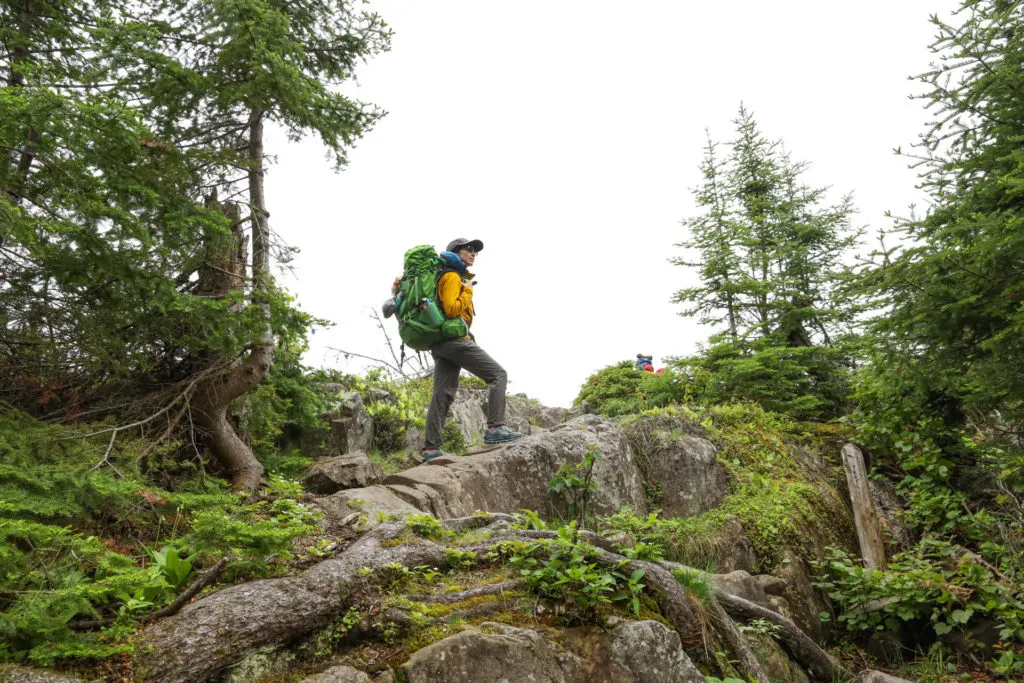
Sustainable Travel: For the Environment
Let’s get this out of the way right off the bat: travel is inherently unsustainable. It involves traveling–by plane or train or boat or car–farther distances than you do on a regular basis, often across the country or around the world (even just across the state). And that involves an increased environmental impact because transportation is a top cause of harmful greenhouse gases.
But we’ve said it before and we’ll say it again: we would never suggest you ditch travel altogether. Travel takes you places, and not just physically. It changes you. It opens your eyes and your mind. It makes the world seem like a smaller, more connected place. And it changes you, almost always for the better. And we think it has real potential to change the world. So we think more people should travel, not fewer people! We just think we should all do it more sustainably. But how?
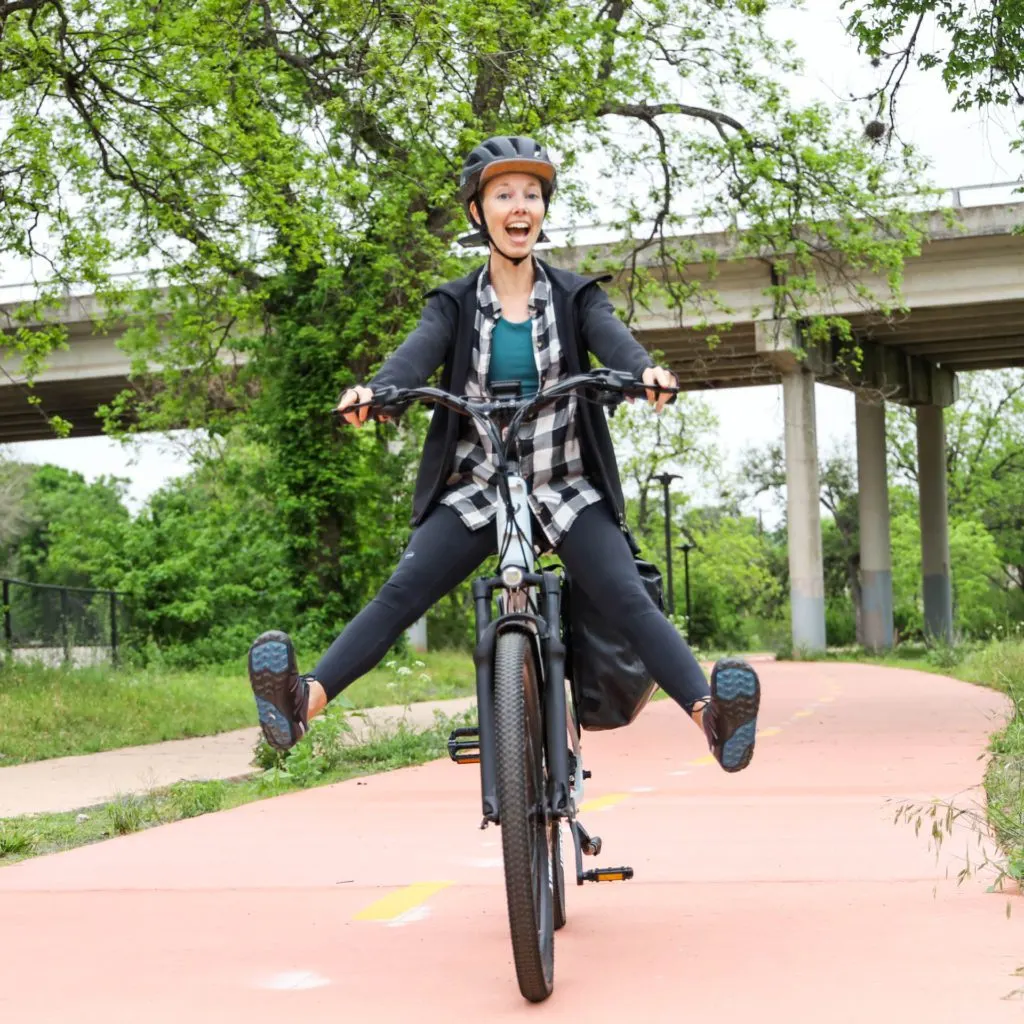
Sustainable transportation
There are sustainable modes of transportation of course. Hybrid or electric vehicles are better than gas or diesel vehicles. Buses and trains are better than planes. And economy class leaves a smaller footprint than first class. Choose a more responsible mode of transit when you can, then consider offsetting the rest (read about how easy it is to offset travel and how to do it in this post).
Once you arrive at your destination, consider taking buses, e-bikes, and bicycles when you explore instead of calling an Uber or renting a car. You’ll get a better and more personal feel for the place, plus save money, too.

Sustainable Dining
Your carbon footprint is a result of everything you do, not just how you get around. So consider what’s on your plate if you want to travel more sustainably. Eat local and in-season foods and ingredients, and make most, if not all, of your meals plant-based. I know, it’s an unpopular opinion, but studies show that animal agriculture is a number one, if not THE number one cause of harmful greenhouse gasses in the world, so eliminating animal products from your diet, or reducing them drastically, is the most sustainable choice you can make whether you’re traveling or staying home.
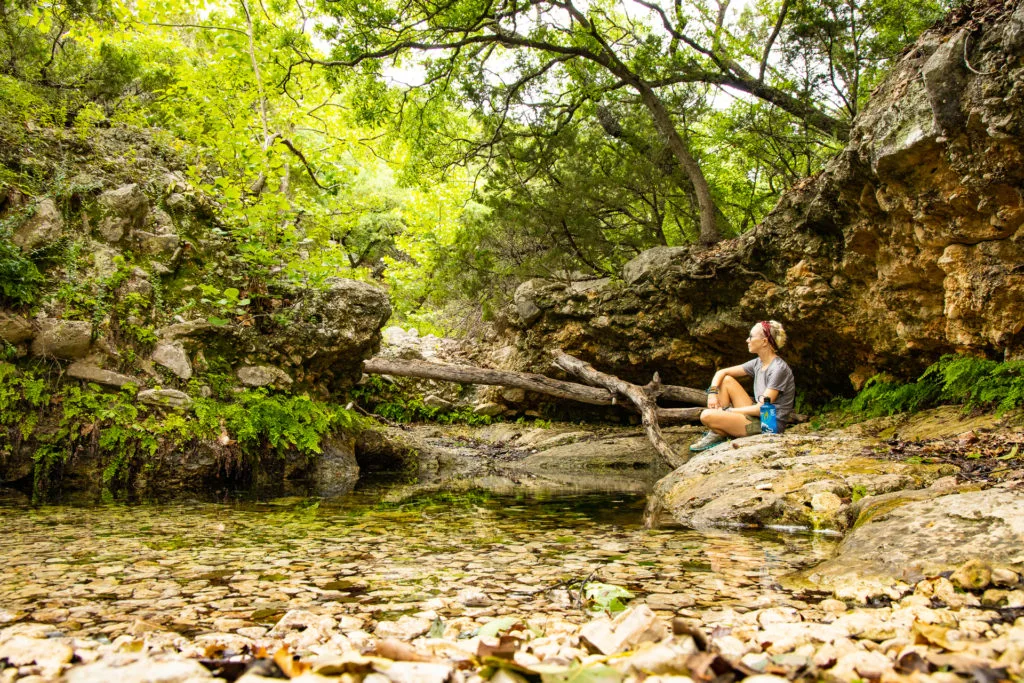
Sustainable Outdoors
But let’s not forget about the wild places and spaces we visit when we travel. Because chances are, whether you’re traveling to Maine or Cyprus, whether you’re planning a multi-day backpacking trip or just a day hike or two, you won’t be the only person on the trail. So be extra careful when you’re spending time outdoors in new places that you adhere to the 7 principles of Leave No Trace.
Especially when exploring abroad, consider that a region may not have the resources to clean up after you if you leave trash behind or maintain trails that are over-trampled or mitigate the damage caused by campfires. So respect the land, consider exploring with a trash bag and collecting any garbage you see, and stay on trails and follow local guidelines so you don’t negatively impact the landscape and then leave it for someone else to take care of.
Better yet, research and volunteer for a regenerative environmental project like a park cleanup or trail maintenance day when you travel. You can literally leave the destination in better shape than when you arrived.
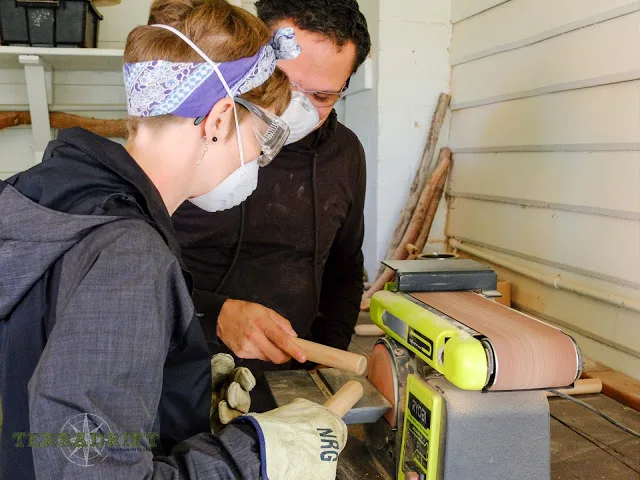
Sustainable Travel: For the Community and Economy
Fun fact: it’s not just the environment that’s impacted by the tourism industry, it’s people, too. In more ways than you might think. Let’s start with a stat that I love: 1 out of 10 working adults around the world work in the travel industry. Ten percent! Ten! That’s huge! From travel bloggers like me to your flight attendant to the maid who cleans your hotel room to the local tour guide, millions of people rely on tourism and tourist dollars to make a living. So every dollar we spend when we travel counts for better or worse. And sustainable travel aims to ensure local people and communities benefit from our spending.
That starts with where we book, whom we hire, and when we visit.
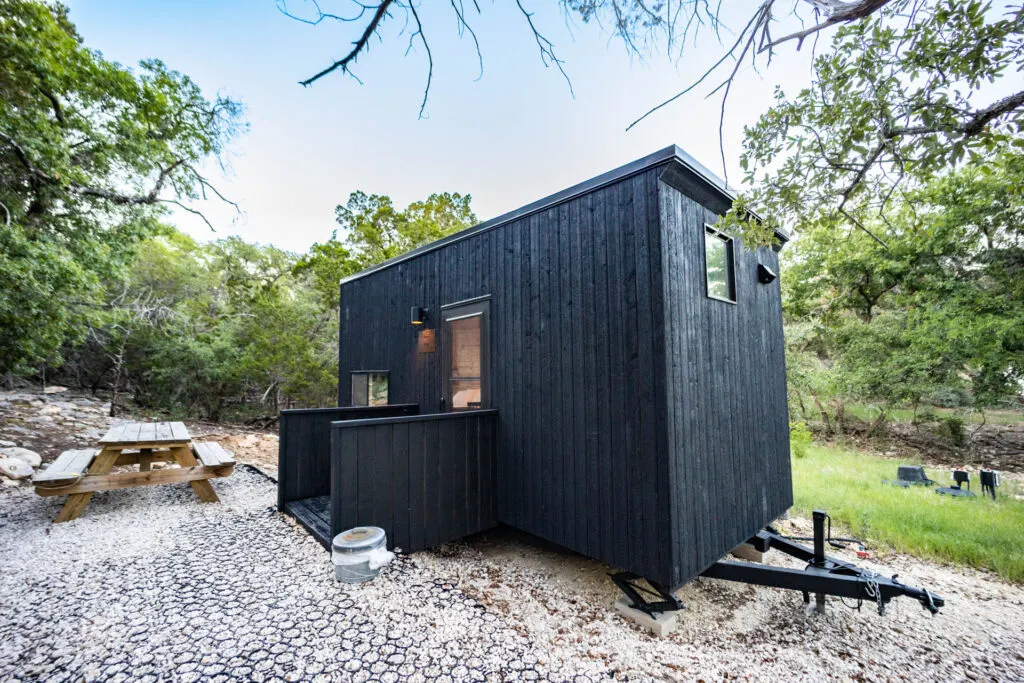
Accommodations
Yeah, you can easily hop on Booking.com and reserve a room in a massive hotel chain. But chances are, some billionaire from North America owns it and is making the most money. That’s often just the way it is, but if you’re in India or Hungary or Brazil, booking a room at a locally-owned hotel, Airbnb, or hostel will have more direct, positive impact on the community because the money you’re spending is going back into the hands of locals, who pay more locals, purchase local services, and keep all that money circulating within the community, which boosts the economy. Yup, your travel spending has the potential to do actual good.
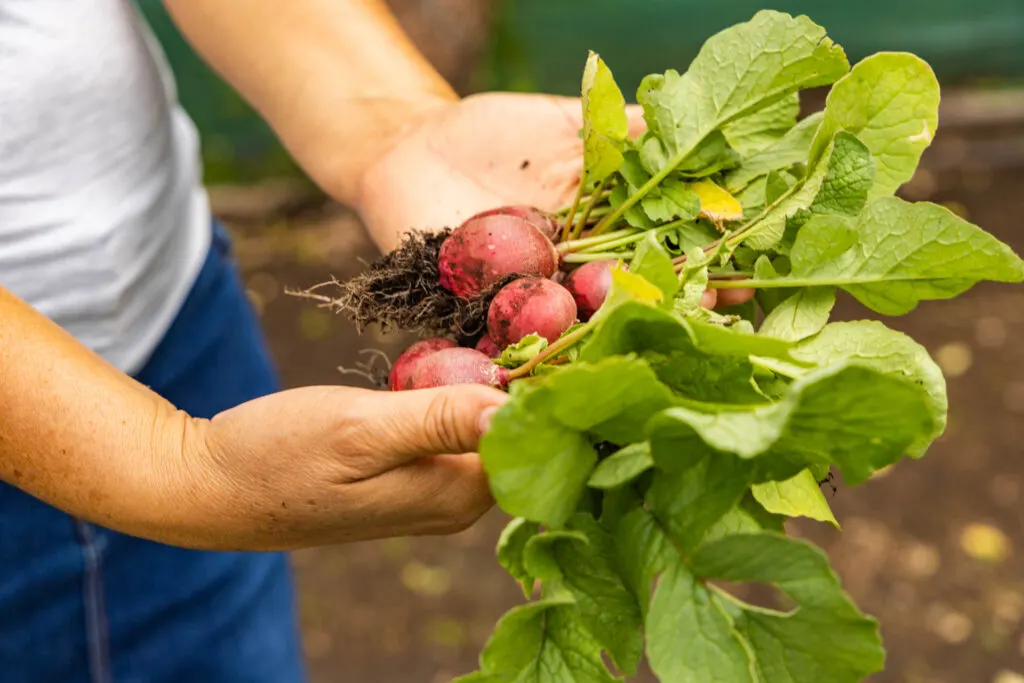
Dining
The same goes for where you eat. Dining at locally-owned establishments keeps the cash in the community instead of in the hands of millionaires abroad, which in turn makes it possible for local citizens and governments to improve the destination for locals and travelers alike.
Local Guides
Likewise, hiring a local guide supports local families and businesses and allows people to make a living wage. It’s an effective way to support the creation of jobs in economically vulnerable regions and a way to infuse life into developing economies, infrastructure and education. Hiring non-local guides has the potential to exacerbate income inequality (the rich get richer while the poor get poorer) and even culture, traditions and native language can suffer. Read about my recent trip to Turkey with a local female guide in this post.
Timing is Everything
As for when to travel and what timing has to do with sustainability: everything. Traveling during a destination’s shoulder-season (the time between their busiest and slowest seasons) or off-season can make a much more positive impact on the community and environment than traveling during peak visitor seasons. For starters, the cumulative impact of millions of people visiting an area at once can have devastating and lasting effects on the local landscape. As in, fields and trails may literally be stomped bare by the hordes of tourists trampling the same routes over and over.
But in addition to flora and fauna, people can also suffer, though it looks a little different. In a lot of places, tourism operates by an “on” and “off” season, which, for small businesses, can result in a feast-or-famine way of living. They make all their money in the summer when travelers descend on destinations, then barely scrape by over the winter when few people are traveling.
So while not everyone has the flexibility to travel when and where they please (teachers, for example), if you do have scheduling flexibility, consider traveling in a destination’s off-season to give a little boost to the local economy during a time of year when many small businesses may be struggling.
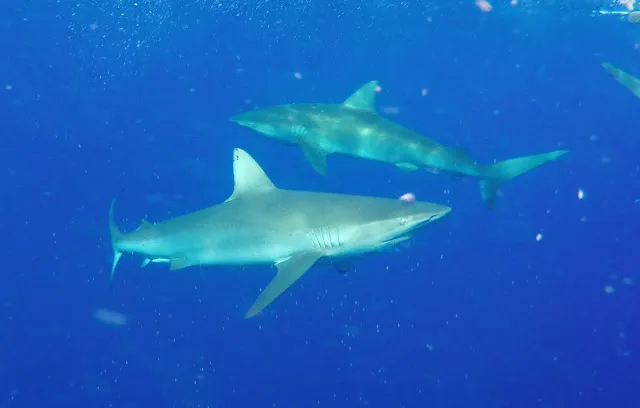
Sustainable Travel: Animal Welfare
Even as a vegan of more than 7 years, encountering animals when I travel always makes me reticent. Not in the wild; that’s exciting. But zoos, sanctuaries, and volunteer programs for tourists are often, and upsettingly, more harmful than helpful. Animals are frequently born, and spend their entire lives, in tiny enclosures in complete captivity. They are mistreated, underfed, and used (without their consent, because they can’t give it) as little more than a money-making diversion.
Now, you may not totally agree with my view that animals don’t exist expressly for our entertainment, but more often than not, our entertainment comes at a price, one the animals have to pay. So before you sign up for an animal experience, stop and think about the result of that experience. Are you viewing wildlife from a safari Jeep hundreds of yards from wildlife and part of your fee goes toward outfitting rangers with e-bikes so they can chase down poachers? That might be a worth-while experience.
But if you’re stopping at a roadside attraction that advertises that you can hold a bear cub, that’s another story. To guarantee such an experience, there must be a constant supply of baby bears, for starters, which means adults are probably forced into pregnancy at unnatural times of year. Plus, bears are wild animals. They aren’t meant to be cuddled. It’s unnatural and unsustainable and does more harm than good. Elephant sanctuaries in Thailand? Many of them exist simply to grab at tourist dollars, animals aren’t treated well, and they are forced into labor services to appease travelers.
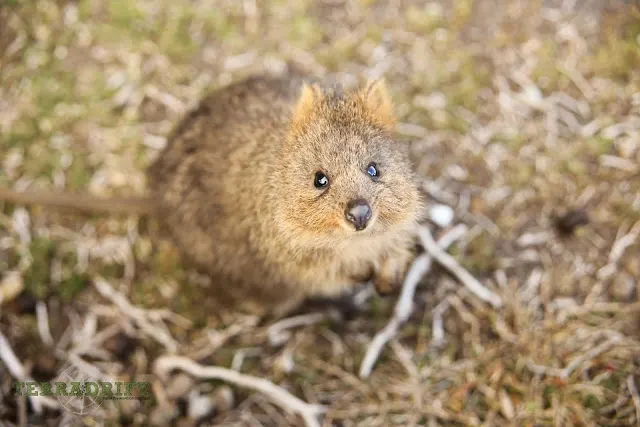
Even in the wild, anything that alters the natural rhythm and existence of animals isn’t sustainable as it’s teaching them new behaviors and making them reliant on humans, which isn’t sustainable. I went on a cage-“diving” (it was snorkeling) experience in Hawaii a few years back. It was thrilling and magical. Until I surfaced and realized the tour operator was throwing chunks of fish into the water to attract the sharks. How else could they practically guarantee you would see one? But they’ve changed the shark’s behavior in the name of tourism, and that’s not sustainable.
So what are you to do if you want to see native wildlife? Take a tour that keeps you at a distance in animals’ natural habitat. Visit a reputable animal sanctuary or rescue that doesn’t promise any sort of hands-on animal encounter. Ask a ranger where you’re likely to see animals and take a hike (don’t forget to keep your distance).
Bottom line: think twice before signing up for an animal encounter when you travel to make sure you’re not contributing to their decline or mistreatment.
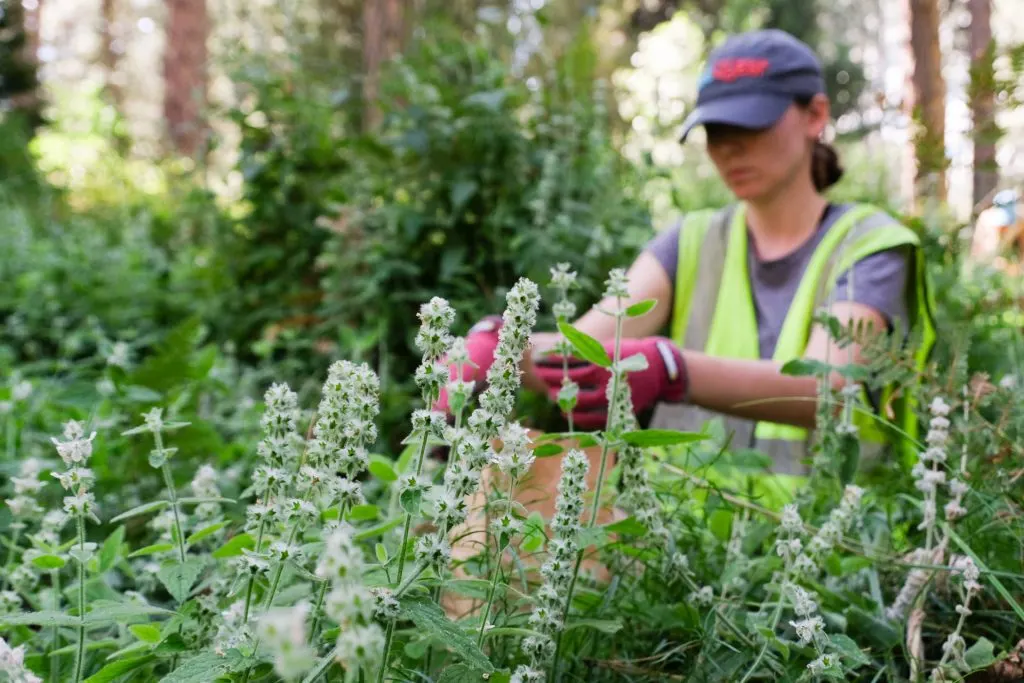
Sustainable Travel: Voluntourism
Voluntourism. Maybe you’ve heard of it. It’s when you travel with the intention to volunteer your time, money, or resources. Sounds great, right? But it’s not always. In fact, I’d venture to say that there are more volunteer programs that do harm than good. That’s often because first world travelers volunteer out of something like a white savior complex, thinking they can change the world by donating some of their time or money to help the needy. And every once in a while they can. But that’s the exception, not the rule, especially if you didn’t do your homework before volunteering.
Susana E Gibson talks all about it in her book “How to Be an Amazing Volunteer Overseas,” and we published an interview with her a while back, which you can read here. But if you’re considering volunteering while traveling, do some digging to make sure the opportunity is legit.
First, unless you are a teacher or child psychologist, don’t volunteer to work with children. You don’t know what you’re doing. There. I said it. I don’t know what I’m doing either, if that makes you feel any better. Pay special mind to avoid volunteering at orphanages, as some recruit local children or keep their wards in squalor in order to guilt tourists into giving more money, which they often pocket themselves. The same frequently goes for animals. If you want to volunteer with animals, find a locally-owned rescue and ask whether they are in need of helpers.
Second, do some research to see if the organization you’re volunteering for actually does the good they say they are doing. Ask yourself if it’s providing a real beneficial service to the local community or environment or if it’s a glorified tour operator.
Next, consider whether what you are doing is keeping money out of the pockets of locals. I went on a volunteer trip to Nicaragua some years ago that involved a handful of people who weren’t builders building a playground at a local school. Not only was it not fulfilling work for me as I didn’t feel like it was actually benefiting the community in any significant way, but it occurred to me that we could have taken all the money we spent on airfare, luggage, accommodations, and building supplies and probably paid two dozen locals to build a dozen playgrounds! Not only did it feel like a waste of our time and money, but that money could have been put to much better use elsewhere.
Still want to volunteer when you travel? You can and should! Just look for a reputable local organization, do your research to make sure what you’ll be doing is of true benefit, and don’t sign up for any programs you’re entirely unqualified for. Instead, if you’re new to this, consider joining a local beach cleanup or trail maintenance crew for a few hours one day of you trip, something that offers a tangible benefit.
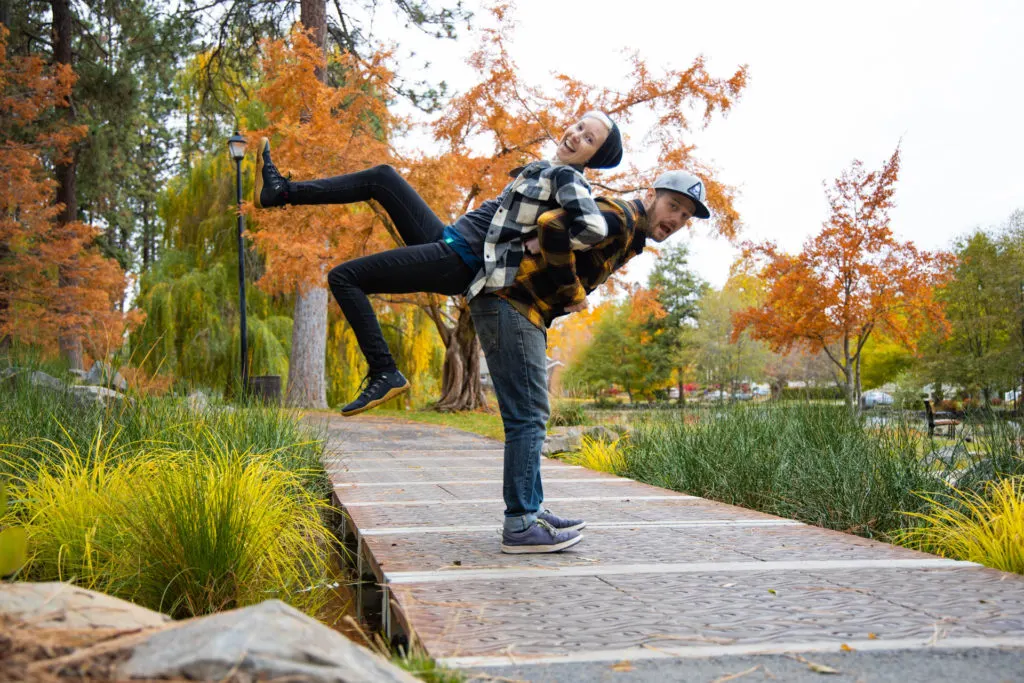
Bottom Line: How to Travel More Sustainably
What is sustainable travel? The definition is broad and complicated, I know. But start small and learn as you go. Offset your transportation. Hire a local tour guide or driver. Stay in a locally-owned or sustainable hotel (read about what a sustainable hotel looks like in this post about the luxurious and sustainable Four Seasons in Costa Rica). Pack light. Bring your own reusable items like utensils and purification water bottles. Volunteer responsibly. Eat vegan. And leave every place better than you found it.
What are your favorite sustainable travel tips? Share them! And get out there and wander on (sustainably)!
•
This post contains affiliate links, which means when you clicky-click and make a purchase on some links, we may receive a small percentage of the sale. It won’t cost you any extra but helps support this site! Win-win!
Alisha is a freelance outdoor journalist and photographer based in Ogden, UT. She loves backpacking, hiking, mountain biking, kayaking and snowboarding (even though she’s terrible at it). She’s also pretty sure she’s addicted to coffee. alishamcdarris.com
